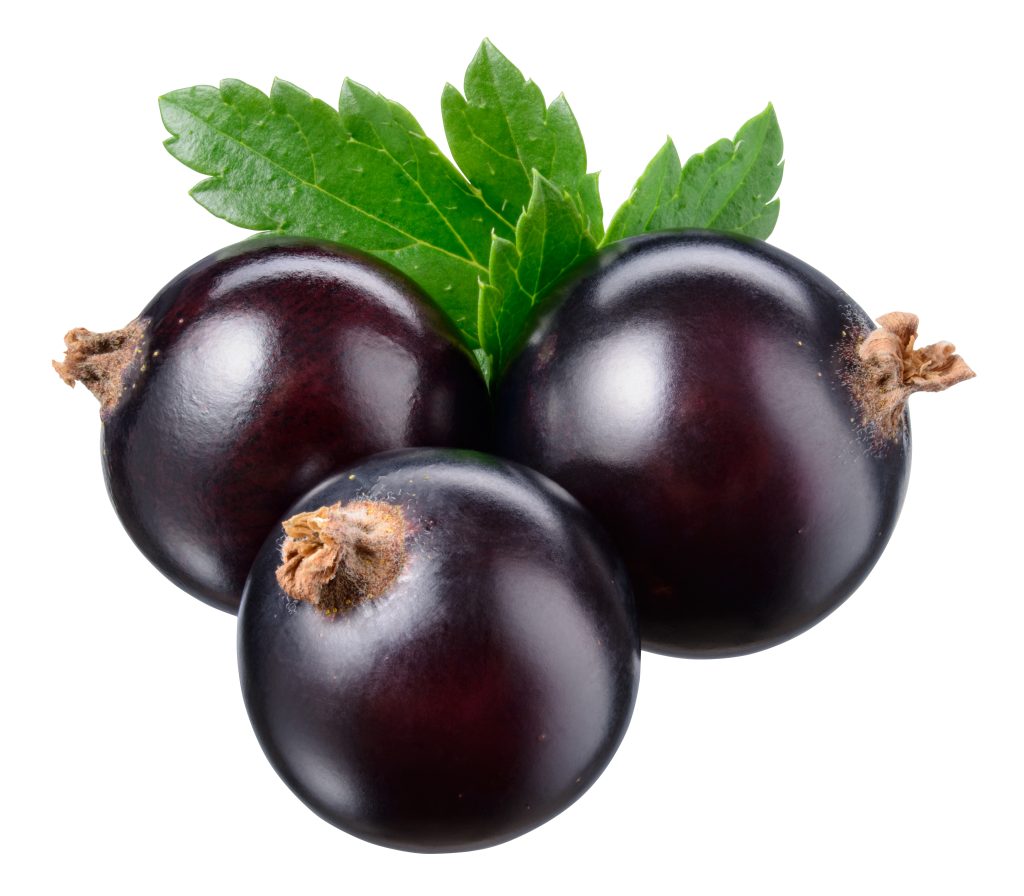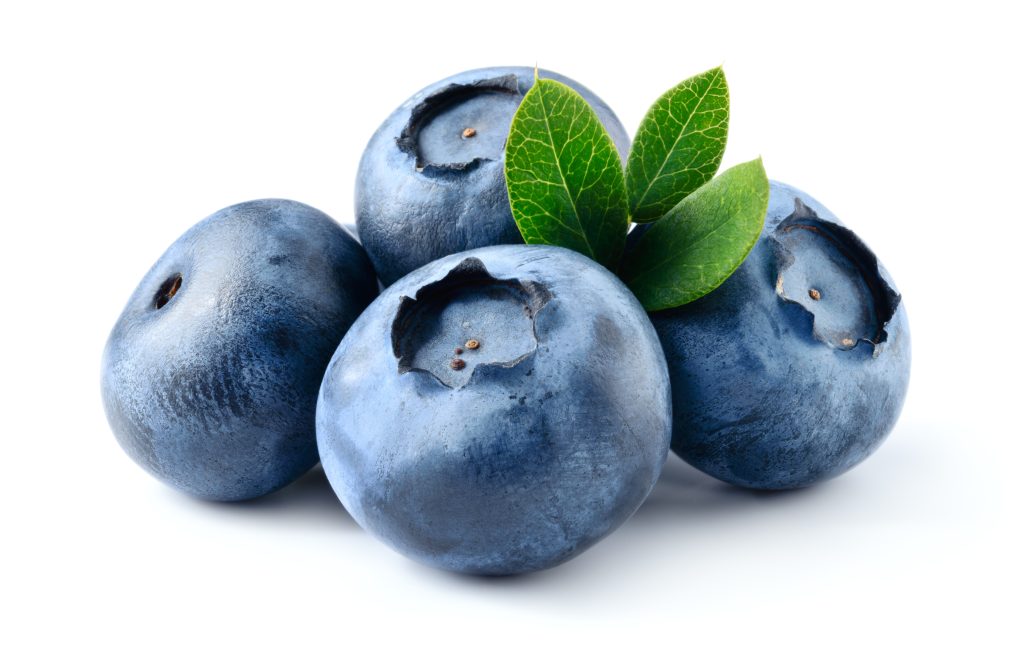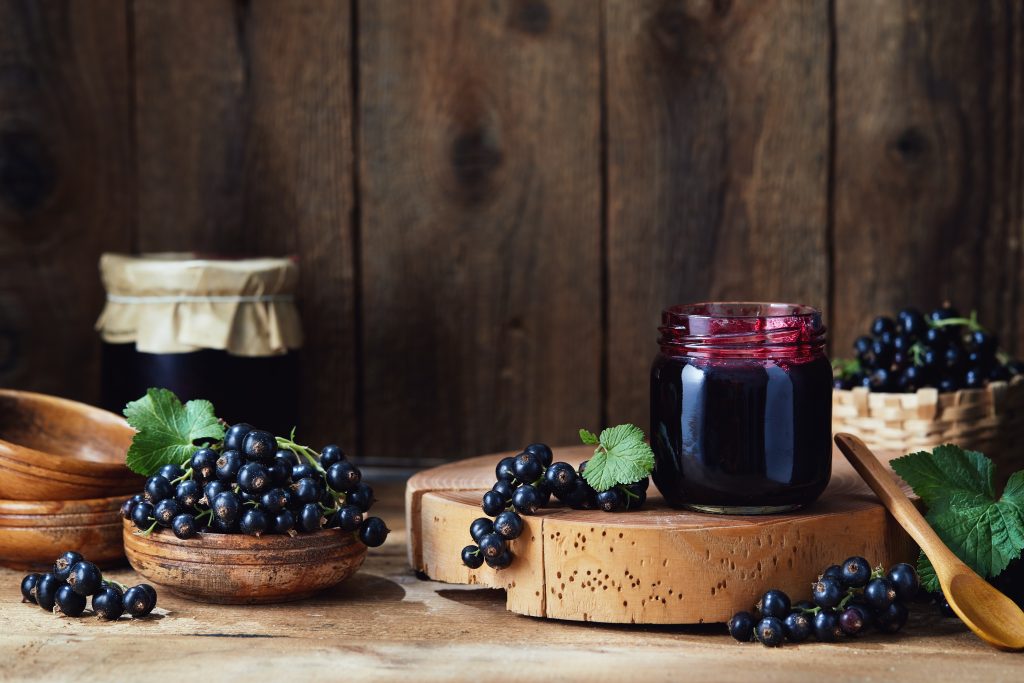The blackcurrant is a small, tart, nutritious fruit that grows in parts of Europe and Asia. It is well known for its deep purple color and health benefits such as reducing inflammation and improving immune function.
Table of Contents
What is a Blackcurrant?
Blackcurrant (Ribes nigrum) is a tiny, oblong berry member of the gooseberry, Grossulariaceae family. The fruit originally comes from portions of Europe and Asia, but it is now widely grown in many places throughout the world. It is also called black currant, “cassis,” or “quinsy berry” in some regions.
The berries have a smooth, slightly glossy exterior and a dark purple to black. They grow in clusters with a tangy and sour taste and a faintly sweet undertone. Blackcurrant leaves are green, and the flowers are yellow-green.
Due to the fruit’s distinctive flavor, it is frequently used in jams, syrups, and jellies. The fruit is also used in the cosmetic industry as blackcurrant seed oil.
Blackcurrants stand out from other berries due to their distinct appearance. They have a coarser feel than raspberries or blueberries and stand out in a fruit bowl because of their dark color.
There are many currant cultivars, such as Ben Lemond, released in 1975, and Ben Hope, released in 1998.
The History of Blackcurrants
The blackcurrant fruit, indigenous to Europe and Asia, has been grown for ages for its therapeutic benefits and usage in various dishes. The fruit is widely grown in New Zealand, Poland, Russia, France, and the UK.
Fresh fruit exports, and processed goods, including fruit juice, jams, liqueur, syrups, and plant material for cultivation, are all part of the blackcurrant industry’s global trade.
The blackcurrant has cultural value in many areas in addition to its economic importance. The fruit is a common ingredient in regional desserts and European drinks, including the British Ribena blackcurrant juice and the German Schwarzwälder Kirschtorte, commonly known as the black forest cake.
Additionally, the fruit is utilized in various festivals and celebrations, such as the annual Polish blackcurrant festival in Lipka, which features music, dancing, and the coronation of a blackcurrant queen.

What Does a Blackcurrant Taste Like?
The flavor of raw blackcurrant fruit is sour, a bit bitter, and slightly sweet. When cooked, the fruit may lose some of its sharpness and have a more jam-like taste with a sweeter flavor.
How to Tell When Blackcurrant is Ripe
Here are some tips to help determine whether the currant is ripe.
| Texture | A ripe currant has a juicy, soft, and slightly gritty texture with little seeds. |
| Firmness | A ripe currant fruit’s firmness is usually delicate and slightly yielding to the touch. |
| Scent | A ripe currant scent is sweet, tangy, and slightly musky with berry undertones and a trace of herbal freshness. |
| Smoothness/Roughness | Due to tiny seeds and fine hairs on the surface, the skin of mature currants is often fairly rough or bumpy. |
| Color | A ripe currant is a dark purple. |
When choosing blackcurrant fruits, look for solid, plump berries with lustrous, dark skin. Avoid any softly damaged or shriveled fruits. Additionally, look for mold or indications of insect damage.
Are Blackcurrants and Blueberries Related?


Despite having a similar round form and dark hue, blackcurrants and blueberries are not closely related.
The main distinction between the two fruits is their flavor profiles, with blueberries being sweet and juicy and blackcurrants being sour and tangy. Blackcurrants are smaller than blueberries and have higher antioxidants and vitamin C levels.
Cooking with Blackcurrant
Blackcurrants are frequently used in baking and cooking. It’s crucial to prepare them properly before utilizing them in recipes. Remove the stems, give them a good rinse, and use a fresh towel to pat them dry.
Blackcurrant berries are common in traditional dishes in Northern and Eastern Europe, especially in British and Scandinavian cuisine. The fruits are frequently used to make jellies, sauces, and jams. The fruit is also a common component of desserts, such as ice cream and pies.

Here are some recipes that incorporate blackcurrants:
Blackcurrant Jam: This classic spread is perfect on toast, muffins, or scones.
Blackcurrant Sauce: This tangy sauce pairs well with grilled meats such as pork or chicken.
Blackcurrant Crumble: This dessert features a crispy topping and a sweet-tart filling.
Blackcurrant Sorbet: This refreshing dessert is perfect for summer.
How to Store Blackcurrants
Drying, refrigeration, and freezing are the best methods for preserving currant fruit. Blackcurrants can be kept fresh for up to a week in the refrigerator, and they can be kept frozen for up to a year.
Dried currants have a shelf life of up to 2 years when kept in an airtight container in a cold, dark location. Fresh blackcurrants can stay on the counter for a few days before spoiling.
Proper storage methods can preserve the currants’ quality, flavor, and nutritional content for a long time.
Nutritional Benefits of Blackcurrants
Blackcurrant fruit is incredibly healthy and contains essential vitamins, polyphenols, and minerals like calcium, manganese, and magnesium. In just 100g, they provide more than twice the daily required amount of vitamin C, making them an excellent source of this vitamin. Additionally, they are rich in fiber, potassium, and vitamin E.
The high concentration of antioxidants in currants can benefit cardiovascular health by lowering the risk of heart disease. Additionally, their anti-inflammatory effects may reduce oxidative stress and inflammation.
Additionally, currants may help boost the immune system and lower the risk of cognitive decline brought on by aging. The berries also help in reducing cholesterol levels.
Where to Purchase Blackcurrants
Blackcurrant fruit is readily available worldwide but is especially popular in Asia, Europe, and North America. The ideal time to find it is during the summer when you can find it in specialized shops, farmers’ markets, and supermarkets.
The fruiting season usually begins in the northern hemisphere in late June and lasts until August or September, depending on the location.
To find out about specific availability, you should check with nearby farmers or markets since different areas could have a shorter or longer growing season. In addition, many retailers sell blackcurrant products throughout the year, including jams, jellies, and syrups.

